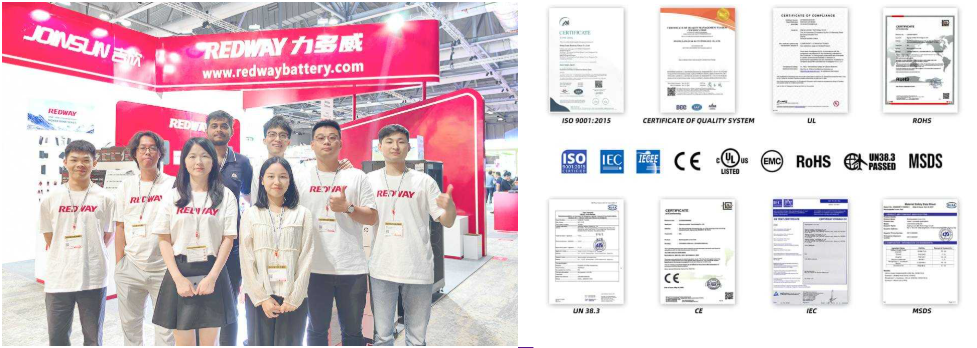A data center battery monitoring solution is a system designed to oversee and manage the health, performance, and efficiency of batteries used in uninterruptible power supplies (UPS) within data centers. It ensures continuous power availability, prevents downtime, and extends battery lifespan by tracking parameters like voltage, temperature, and charge cycles in real time.
How Do Data Center Battery Monitoring Systems Work?
These systems use sensors and software to collect real-time data on battery health metrics such as voltage, current, temperature, and impedance. Advanced analytics predict failures and optimize maintenance schedules, ensuring proactive management of power backups. Integration with IoT and cloud platforms enables remote monitoring and alerts for critical issues.
Why Are Battery Monitoring Solutions Critical for Data Centers?
Battery failures account for 30% of data center outages. Monitoring solutions prevent downtime by identifying weak batteries before they fail, ensuring compliance with uptime SLAs. They also reduce operational costs by extending battery life by up to 50% and minimizing manual inspections, which account for 70% of maintenance expenses.
Wholesale lithium golf cart batteries with 10-year life? Check here.
What Key Features Should an Effective Monitoring System Include?
Top systems offer real-time analytics, predictive failure alerts, thermal imaging integration, and compatibility with lithium-ion and VRLA batteries. Scalability, API integration for DCIM tools, and cybersecurity protocols like IEC 62443 are essential. Look for solutions providing historical trend analysis and customizable reporting for auditing.
Which Battery Parameters Are Most Critical to Monitor?
Voltage variance (±2% tolerance), internal resistance (indicating sulfation), temperature (optimal 20-25°C), and state-of-charge (SoC) are paramount. Float current deviations and impedance spectroscopy data also reveal early degradation. Lithium-ion systems require additional tracking of cell balancing and thermal runaway risks.
Want OEM lithium forklift batteries at wholesale prices? Check here.
Does AI Play a Role in Modern Battery Monitoring?
Yes. Machine learning algorithms analyze historical data to predict end-of-life with 92% accuracy, reducing unplanned replacements. Neural networks detect subtle patterns in charge/discharge cycles that human analysts miss. AI-driven systems automatically adjust charging parameters to maximize lifespan, cutting replacement costs by 37%.
Are Wireless Monitoring Systems Reliable for Critical Infrastructure?
Modern wireless solutions using LoRaWAN or 900MHz protocols achieve 99.999% uptime with AES-256 encryption. They eliminate wiring costs in existing facilities and enable modular expansion. Redundancy through mesh networking ensures data continuity even if individual nodes fail, meeting Tier IV data center reliability standards.
How to Integrate Monitoring Solutions with Existing DCIM Platforms?
Choose systems supporting RESTful APIs or SNMP traps for seamless integration. Middleware like Node-RED can map battery data into Schneider EcoStruxure or Siemens MindSphere. Ensure the solution normalizes data into standard formats (e.g., JSON-LD) compatible with your DCIM’s ontology structure for unified dashboards.
Expert Views
Modern monitoring isn’t just about preventing outages—it’s about transforming batteries from cost centers to data assets. At Redway, we’ve seen clients achieve 22% energy savings by correlating battery performance with IT load patterns. The next frontier is using quantum computing to model electrolyte degradation at atomic scales.”
Conclusion
Data center battery monitoring solutions have evolved from simple voltage checkers to AI-driven predictive platforms. By adopting systems that combine IoT sensors, machine learning, and deep DCIM integration, operators can achieve five-nines reliability while reducing battery Capex by 40%. The future lies in edge-computed analytics and blockchain-based maintenance records for audit compliance.
FAQ
How often should battery monitoring data be reviewed?
Real-time dashboards should be monitored continuously, with AI flagging anomalies. Full system health reports should be generated weekly, comparing against NERC CIP-008-6 standards for critical infrastructure.
Can monitoring systems detect impending thermal runaway?
Advanced systems using distributed temperature sensing (DTS) fiber optics can detect localized heating as small as 0.1°C variations, providing 15-30 minute warning before thermal runaway in lithium-ion banks.
What’s the ROI timeline for implementing these systems?
Most enterprises see full ROI within 14-18 months through reduced battery replacements (38% decrease) and lower labor costs (27% reduction in onsite technician hours).





